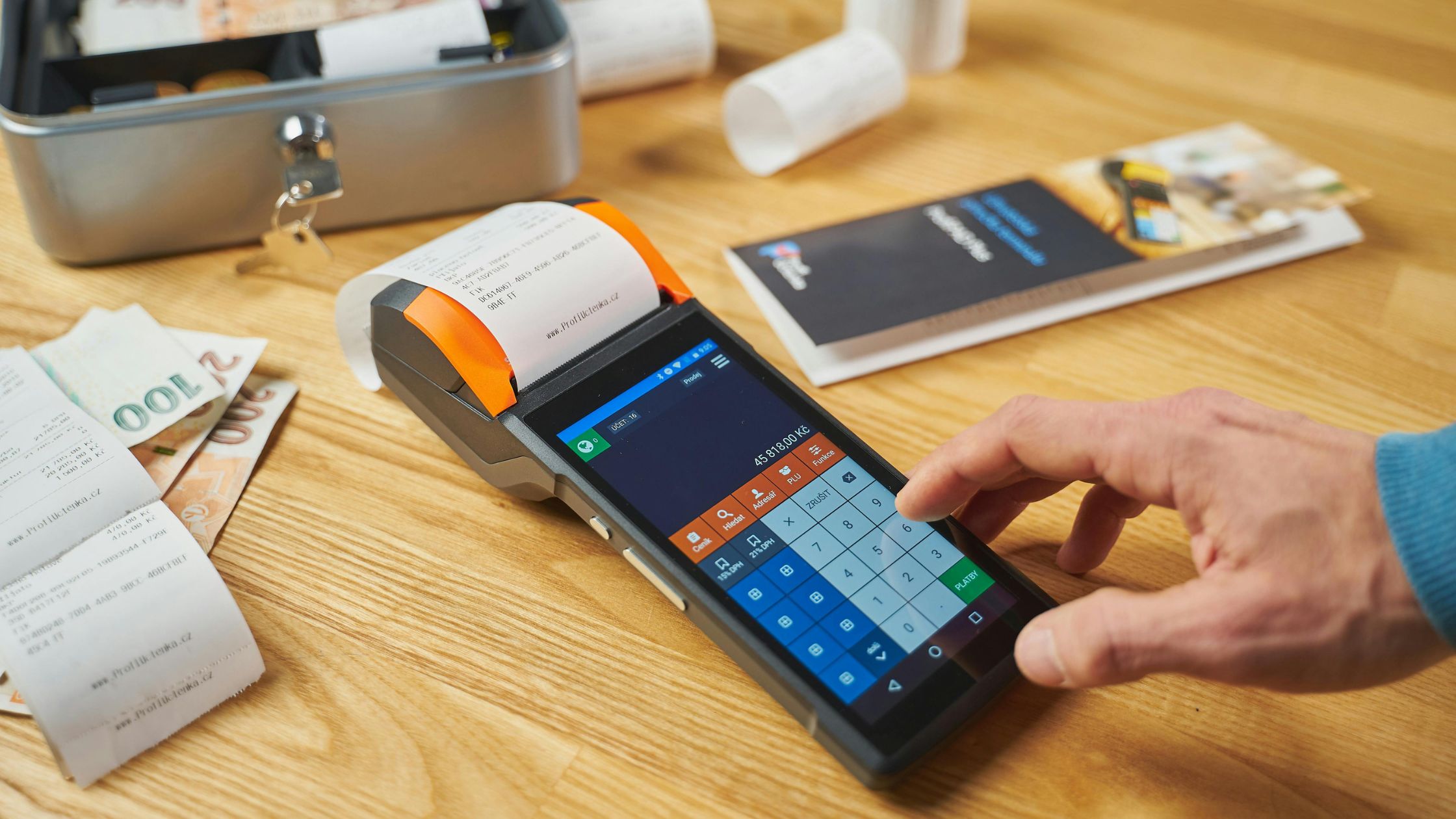In today’s retail and hospitality market, every business needs a reliable point-of-sale system. However, many owners still work with older computers, basic touch screens, or entry-level devices. In that situation, choosing a pos with low-end hardware support becomes a smart way to keep things running smoothly without replacing all your equipment. In this article, you’ll learn how to choose a POS that works well on budget hardware and what features to look for.

Why Hardware Matters for POS Systems
A POS system does much more than process payments. It manages orders, connects to printers, controls cash drawers, and supports kitchen operations. When the hardware is not a good match, the system can slow down, crash, or stop working with your devices. Choosing a pos with low-end hardware support helps you avoid these issues because the software runs smoothly on basic machines and uses resources efficiently. This way, you keep daily operations stable without making a big hardware upgrade.
What “Low-End Hardware Support” Really Means
“Low-end hardware support” simply means the software runs smoothly on basic or older devices. This includes ageing PCs, tablets with limited RAM, entry-level touch screens, and standard printers or cash drawers. A POS system built for this kind of setup uses very little memory, CPU power, and disk space.
For example, it might work well with just 2 GB RAM, Java 8, and around 2 GB of storage, and it may run on budget-friendly operating systems like Linux or even Raspberry Pi. When you choose a pos with low-end hardware support, you can keep using older machines and tablets, reduce your upfront spend, and extend the life of the hardware you already own.
Key Criteria for a POS with Low-End Hardware Support
To choose a truly suitable pos with low-end hardware support, you can check a few simple but important criteria.
a. Minimum System Requirements
First, make sure the provider clearly shares the minimum hardware specs. Look for simple requirements such as low RAM, light CPU usage, and only a small amount of storage. When your existing devices meet or beat those numbers, you know the POS will run comfortably on them.
b. Operating System Flexibility
Next, check how many operating systems the POS supports. A system that works on Windows, Mac, Linux, and even compact boards like Raspberry Pi gives you far more freedom. This flexibility lets you turn low-cost or older machines into reliable POS terminals.
c. Non-Cloud or Offline Capability
You should also confirm that the POS can work offline. When the system continues to run without constant internet access, you avoid the need for complex servers or strong networks. This is especially important when you rely on low-end hardware in locations with unstable connectivity.
d. Support for Legacy or Generic Peripherals
Another key point is compatibility with everyday devices. Many setups already use simple cash drawers, barcode scanners, and older receipt printers. The POS should recognise and work with this generic hardware, so you do not have to replace equipment that still works.
e. Lightweight Deployment and Installation
In a low-end hardware environment, installation must stay simple and light. A POS that installs quickly, uses minimal dependencies, and can be moved or set up easily on different machines saves time and keeps your system lean.
f. Active Development and Community Support
Finally, even when you run on modest hardware, you still need modern, secure software. Look for a POS that receives regular updates, fixes, and improvements, supported by an active team or community.
This ongoing support keeps your pos with low-end hardware support stable and compatible for the long term. Learn more about Quick Service Restaurant POS.

Implementation Tips for Low-Tech Environments
When you plan to roll out a pos with low-end hardware support, follow these tips for the best results:
- Audit your hardware first: Review your existing PCs and tablets to confirm they meet the basic requirements, such as enough RAM, a dual-core processor, and Java support.
- Choose Linux or another light OS if possible: Low-end hardware usually performs better with lightweight operating systems than with heavier Windows editions.
- Prioritise supported peripherals: Focus on using devices you know will work, like generic USB receipt printers and barcode scanners that operate in keyboard emulation mode.
- Install the POS in a test environment: Set up the system on a small test machine first to catch driver issues or performance slowdowns before you roll it out across all terminals.
- Simplify your setup: Turn off unnecessary background apps, heavy antivirus tools, and constant cloud sync services that can slow down low-end systems.
- Create a backup and restore plan: Because you rely on modest hardware, keep regular data backups and a clear restore process so you can recover quickly if a device fails.
- Train staff on lightweight workflows: Show your team simple, efficient ways to use the system so they can work smoothly during peak hours without overloading the hardware.
- Plan for upgrade options: Even if you start small, pick a POS that lets you add plugins, new features, or extra terminals later so the setup can grow with your business.
By following these best practices, you maximize your chance of success when selecting a pos with low-end hardware support.

Conclusion
Selecting a pos with low-end hardware support is a smart choice for businesses that want a cost-effective, flexible, and reliable POS system without heavy hardware spending or constant upgrades. The open-source solution at Floreant POS stands out because it runs smoothly on low-config devices, works offline in busy environments, supports common peripherals like printers and cash drawers, and installs with a straightforward setup process. When you follow the hardware checks and setup steps outlined above, you can roll out your POS smoothly on modest equipment, keep daily operations stable, and build a solid foundation that can grow with your business over time.







